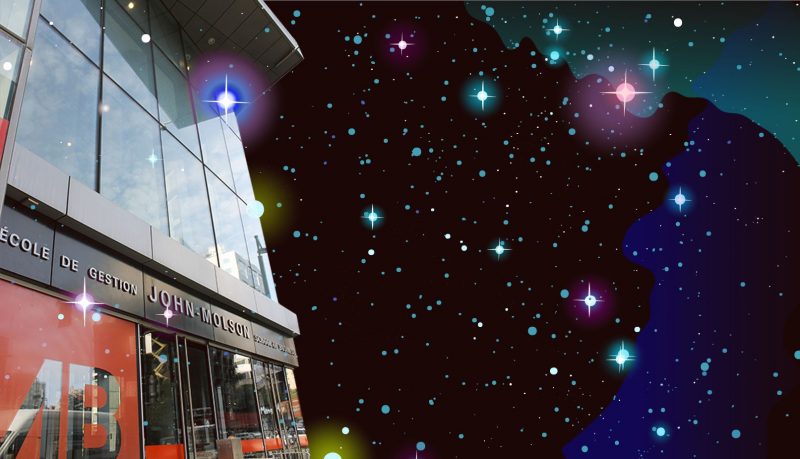Space Concordia unloaded all the new projects they are working on––such as a Mars rover and plans to send a satellite to the International Space Station––at their annual info session on Jan. 24.
The info session included an announcement that they are participating in a USD $1 million competition to launch a rocket to space.
Hannah Jack Halcro, the president of Space Concordia, described the group as a grassroots, student-run space agency at Concordia University.
“We really function as a standalone space agency that has many projects going on at once,” said Halcro. She explained that while most schools’ space groups focus on a single project, such as rocketry, Space Concordia has four divisions, all creating different projects.
Its newest project, Space Health, began just last year. It focuses on ways to improve astronauts’ physical health while in space. They are researching and experimenting on ways to create a complete medical lab the size of a computer microchip. To do this, Space Health needs to understand how various cells and chemicals react to being in zero-gravity.
According to Halcro, Space Health is working with the Students for the Exploration and Development of Space (SEDS) to use a parabolic flight, which is a modified airplane that simulates zero-gravity. This will help Space Health gather information on how cells react in zero-gravity.
The Robotics division is currently working on creating a Mars rover. It plans on competing in the Canadian International Rover Challenge in August.
The Spacecraft division has temporarily stopped competing. Instead, it’s focusing on a contract with the Canadian CubeSat Project, which was announced by the CSA in 2017. The project is to create a type of satellite called CubeSat, and launch it into space from the International Space Station in 2021.
“It’s not like launching a rocket where you get it back,” said Halcro, who explained this satellite will be the most advanced satellite they have created, as it will be going to space and handled by astronauts at the International Space Station. Space Concordia will have to ensure the satellite won’t jeopardize the safety of the astronauts.
“It’s going to be in space for a long time,” said Halcro. “It needs to work with international law, there are a lot of restrictions.”
The Rocketry division has competed four times at both the Intercollegiate Rocket Engineering Competition and Spaceport America Cup. In the 2018 Spaceport America Cup, the Rocketry division had to design a supersonic rocket for the competition to break the sound barrier. They won the competition with the highest altitude of over 30,000 feet. Halcro stated that winning that competition made the Rocketry Division want to move on to bigger things, and it has signed up for the Base 11 Space Challenge in May.
The challenge is to build a rocket that will leave earth’s atmosphere and go into space. The winning school will be awarded USD $1 million.
Halcro explained that this competition will be the most difficult one Space Concordia has ever done, as this rocket must travel 100 kilometers to reach space––90 kilometers higher than any space rocket the group has built before.
Another difficulty is that Space Concordia will have to develop another type of engine to reach their goal. For the Base 11 Space Challenge, they must build their own ‘liquid’ engine, which uses kerosene and liquid oxygen. Space Concordia has previously only used store-bought ‘solid’ engines, which are basically an explosive tube that detonates in one direction.
“You light the fuse, you run away, and then it goes,” said Halcro, who explained that Space Concordia is not allowed to make their own ‘solid’ engines because they are like bombs.
“There is no way we are going back to shooting 30,000 feet rockets after this,” said Halcro, stating that no matter what happens at the competition, Space Concordia will continue to expand its skills and try the impossible.
Space Concordia has always had a dream,” said Oleg Khalimonov, the chief executive of the Rocketry division. “If you wanna go to space you always got to dream big. We don’t care how unlikely it is, but we are going to try either way.”
Photo and graphic by Laurence B.D. and @sundaeghost
